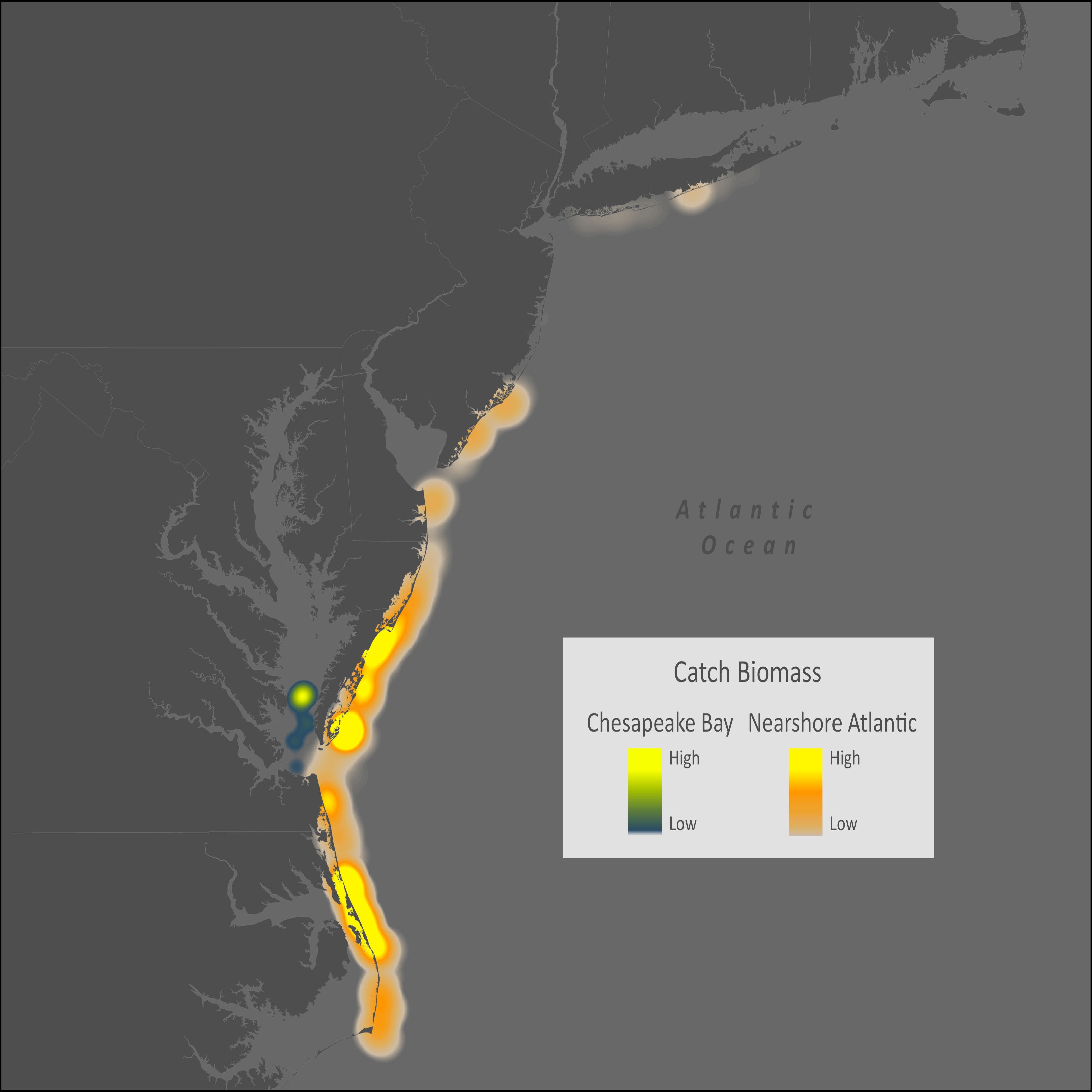Brown Shrimp - Farfantepenaeus aztecus
*Information from FAO Species Identification Guide Western Central Atlantic*

Size
Maximum length: females, 236 mm; males, 195 mm.
|
Habitat, biology, and fisheries
Estuarine and oceanic littoral. Found from the coastline to depths of about 110m (occasionally in deeperwater, to 165 m), mainly onmud or sandymud, sometimes mixed with shell fragments; the juveniles inhabit muddy or peaty bottoms with shell fragments in estuarine waters. The adults are
mostly active at night, burying in the substrate in daytime. Greatest quantities along the Texas coast and in the
southwestern Bay of Campeche; most important species of Farfantepenaeus off North Carolina. The total catch for this species exceeds that of other peneids taken in the USA. In the fisheries statistics for the years 1984 to 1998 Farfantepenaeus aztecus has been referred to as Penaeus aztecus. From 1984 to 1998 the capture production reported from the USA totaled 928 222 t (mean capture production: 61 881 t/year). From 1984 to 1991 the capture production was always greater than 60 000 t, peaking to 78 667 t in 1990. From 1992 on, the mark of 60 000 t was never attained again. There are no separate statistics for this species in the other countries of Area 31, where the Farfantepenaeus species are referred together as Penaeus spp. This species
is caught mainly with American-type shrimp trawls (balloon and flat); usually, 2 trawls are towed simultaneously (double-rig). In inshore and near shore waters it is mainly taken with shrimp trawls (including trynets) and various other types of gear (frame trawls, channel nets, seines, cast nets, push nets, lift nets and set gear). Marketed mostly frozen and fresh; a small fraction of the catch is canned; juvenile and subadult shrimp are mainly sold as bait. This species has been farm-raised on a small scale.
|
Distribution
Martha’s Vineyard, Massachusetts, around peninsular Florida to Sanibel grounds, Appalachicola Bay, around Gulf of Mexico
to northwestern Yucatán. F. aztecus extends
farther north than any of the other western Atlantic species of the genus.
|





